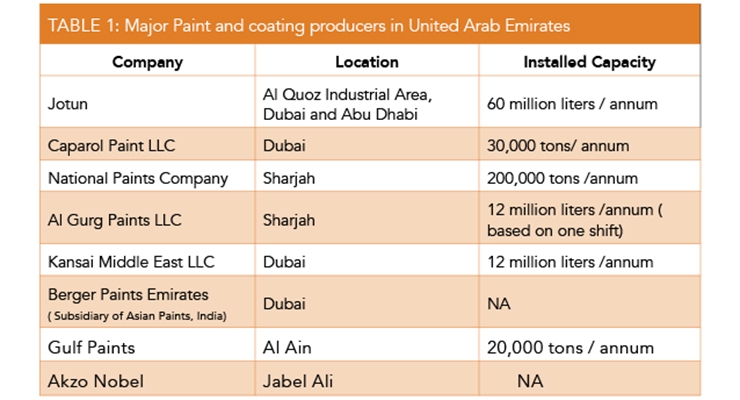Seasonal Factors To Consider For Commercial Exterior Paint: What You Required To Know
Seasonal Factors To Consider For Commercial Exterior Paint: What You Required To Know
Blog Article
Web Content Author-Korsholm Skafte
When you're preparing a business exterior paint job, seasonal elements can make or damage your results. You'll intend to take into consideration how temperature level and moisture impact paint application and drying times. Selecting the right period can guarantee your paint adheres properly and lasts much longer. But which seasons are genuinely the best for this type of job? Allow's discover the crucial elements that can impact your project's success.
The Effect of Temperature on Paint Application
When you're planning an industrial external paint project, the temperature can considerably affect how well the paint sticks and dries.
Preferably, you intend to repaint when temperature levels vary in between 50 ° F and 85 ° F. If it's also cold, the paint might not heal effectively, resulting in concerns like peeling off or breaking.
On the flip side, if it's also warm, the paint can dry too rapidly, preventing appropriate bond and causing an irregular coating.
You must additionally think about the moment of day; morning or late afternoon provides cooler temperatures, which can be extra beneficial.
Constantly inspect the maker's recommendations for the details paint you're utilizing, as they commonly offer advice on the optimal temperature level array for optimum results.
Moisture and Its Impact on Drying Times
Temperature isn't the only environmental variable that influences your industrial exterior paint project; humidity plays a significant role too. High moisture degrees can decrease drying out times drastically, impacting the total top quality of your paint work.
When the air is saturated with moisture, the paint takes longer to cure, which can lead to problems like poor attachment and a greater threat of mildew development. If you're repainting on an especially damp day, be gotten ready for extensive delay times between layers.
It's essential to keep an eye on neighborhood weather and plan as necessary. Preferably, go for https://www.housebeautiful.com/home-remodeling/diy-projects/a28173281/flat-paint/ in between 40% and 70% for optimum drying out.
Maintaining these consider mind guarantees your task stays on track and provides a long-term coating.
Best Seasons for Commercial Outside Paint Projects
What's the best season for your business outside paint jobs?
Spring and very early loss are commonly your best bets. During these seasons, temperatures are light, and humidity degrees are often reduced, producing suitable conditions for paint application and drying out.
Stay clear of summertime's intense heat, which can trigger paint to completely dry also swiftly, leading to inadequate attachment and surface. In a similar way, winter season's chilly temperature levels can prevent appropriate drying and treating, running the risk of the longevity of your paint job.
Aim for days with temperature levels in between 50 ° F and 85 ° F for optimum results. impressions painting tulsa in mind to examine the regional weather forecast for rain, as wet conditions can ruin your task.
Preparation around these variables ensures your painting project runs efficiently and lasts much longer.
Final thought
In conclusion, planning your commercial exterior paint projects around seasonal factors to consider can make a substantial difference in the end result. By organizing work during the ideal temperature levels and humidity degrees, you'll ensure far better attachment and drying out times. Bear in mind to keep an eye on local weather report and choose the correct time of year-- springtime and early loss are your best choices. Taking these steps will help you accomplish a long lasting and expert surface that lasts.
